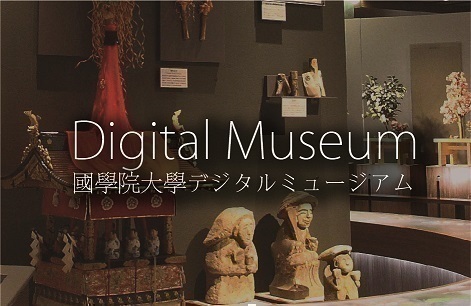- トップ
- Encyclopedia of Shinto
- Fūjin sai
Encyclopedia of Shinto
| Main Menu: | |
| Links: |
詳細表示 (Complete Article)
| カテゴリー1: | 5. Rites and Festivals |
|---|---|
| カテゴリー2: | State Rites |
| Title | Fūjin sai |
| Text | "Festival of the wind deities." A festival of the ancient and medieval eras. Also called Tatsuta Wind Deities Festival. Often referred to collectively, together with the Hirose Ōimi Festival (Ōimi sai), as the "Hirose-Tatsuta Festival." A ritual praying for favorable weather conditions and a good harvest. The court dispatched imperial ritualists (saishi) to the Tatsuta Shrine in Yamato Province (now Ikoma district, Nara Prefecture) to perform the ceremony. The festival was held twice a year, in the fourth and seventh lunar months, on the same day as the Ōimi Festival at the Hirose Shrine. A possible explanation for the choice of the Tatsuta Shrine as the place for holding the ritual is the fact that in ancient times the Tatsuta region was considered the entrance for the west winds blowing into the Yamato basin. One of the so-called "Ritsuryō state rituals" recorded in the Divinities Prescriptions (Jingiryō) and designated as a "minor festival" (shōsai) in the Engi Regulations (Engi Shiki), the fūjin sai seems to have been highly regarded among the codified rituals, as indicated by the fact that the saishi who performed it were selected from among the lords and court officials of the fifth rank or higher. It is believed that the ritual originated in the seventh century, under the reign of Emperor Tenmu. It was strictly observed throughout the Nara and Heian periods and continued into the medieval period. It was abolished during the Southern and Northern Dynasties period. One theory holds that both the Fūjin sai and the Ōimi sai were carried out at the Hirose and Tatsuta shrines. — Namiki Kazuko |




